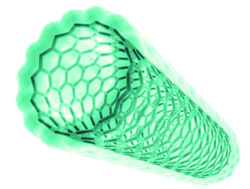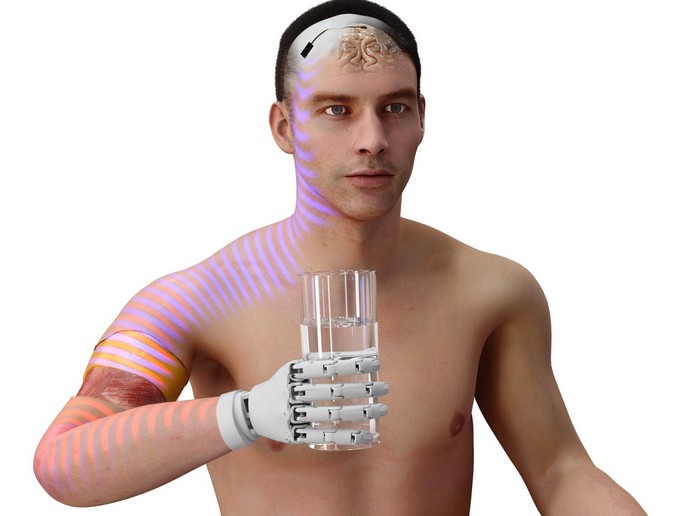Carbon nanotubes for gene therapy
CNTs have nanometric dimensions and consist exclusively of carbon atoms arranged in a series of rings that form tubular structures. CNTs possess unique physicochemical properties with several potential applications especially in the biomedical field. The EU-funded project ‘Non invasive nanotranducer for in vivo gene therapy’ (Ninive) proposed a novel use of CNTs as gene delivery vehicles. More specifically, researchers developed CNTs that would act as transporters of genes. Additionally they would carry appropriate ligands to enable specific binding to receptors over-expressed by the cells targeted for transfection. These nanovectors would be delivered by direct injection at the target tissue. Ninive members designed the vectors to be covered with charged functional groups (-NH3+) like polyethylenamine (PEI) capable of binding DNA. These charged groups also served as anchors for attaching ligands such as the chemokine CXCL12 alongside a fluorescent dye. This vector was applied in an animal model of stroke where CXCL12 is known to be expressed in the tissue surrounding the infarcted area. Using the fluorescent dye to track the nanovector, scientists were able to detect its internalisation by neurons expressing the CXCL12 receptor CXCR4. Although the in vivo therapeutic efficacy of this method requires validation, the Ninive methodology proved that it can exploit CNT physical properties to perform an enhanced and effective in vivo gene delivery.







